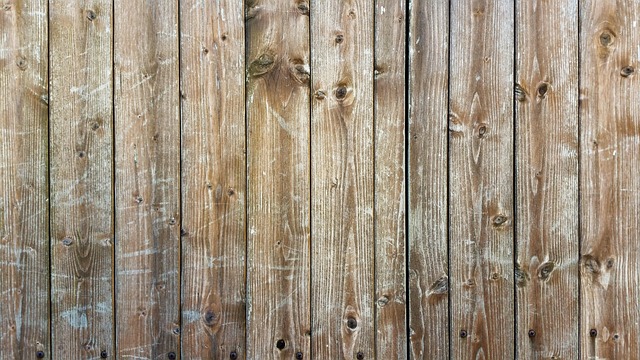Introduction:
Coastal areas present unique challenges when it comes to fencing due to constant exposure to salt air, moisture, and extreme weather conditions. This article explores the benefits of durable wooden fencing as a robust and aesthetically pleasing solution for these environments. We’ll delve into understanding the specific challenges faced in coastal regions, highlighting the advantages of certain wood species and offering practical maintenance tips to ensure longevity. By the end, homeowners and contractors alike will be equipped with knowledge to make informed decisions for their coastal fencing needs.
- Understanding Coastal Fencing Challenges
- Benefits of Durable Wooden Fencing
- Choosing the Right Wood Species
- Maintenance Tips for Longevity
Understanding Coastal Fencing Challenges
Coastal areas present unique challenges when it comes to fencing due to their harsh environments. Saltwater, strong winds, and frequent storms can quickly deteriorate traditional fencing materials, making them less durable and aesthetically unpleasing. These environmental factors demand specific considerations for any fencing solution to ensure longevity and resistance.
One of the primary concerns is selecting materials that can withstand the corrosive effects of saltwater. Wooden fences require special treatments to prevent rot and decay, which are common issues in coastal regions. Durable, treated wood or even alternative materials like vinyl or metal offer better resistance, ensuring the fence maintains its structural integrity and visual appeal over time.
Benefits of Durable Wooden Fencing
Durable wooden fencing offers an appealing and functional solution for coastal areas, providing multiple benefits that make it a popular choice among homeowners and property managers. One of its key advantages is aesthetics; wood possesses a natural beauty that enhances the overall curb appeal of any property. The warm tones and intricate grain patterns of treated timber create a visually pleasing landscape feature, especially when combined with strategic placement and design.
Furthermore, these fences are highly durable and resilient, making them ideal for challenging coastal environments. Treated wooden fencing can withstand harsh weather conditions, including strong winds, heavy rainfall, and salty air, without compromising its structural integrity. This longevity not only reduces replacement costs but also minimizes maintenance requirements, ensuring the fence remains in excellent condition for years to come.
Choosing the Right Wood Species
When selecting wood for coastal fencing, choosing the right species is paramount to ensure durability and longevity. Different woods have varying resistances to moisture, decay, and pests, which are significant factors in a coastal environment characterized by high humidity and salt content in the air. For instance, cedar and redwood are renowned for their natural resistance to rot and insect infestation, making them excellent choices for outdoor applications. These species’ unique chemical compositions act as natural preservatives, extending the fence’s lifespan without requiring extensive treatment.
Additionally, considering the structural integrity of the wood is crucial. Hardwoods like oak and teak offer exceptional strength and stiffness, which is vital for withstanding constant exposure to wind, waves, and other environmental factors. Softwoods, while less dense, can also be suitable if treated properly with preservatives to enhance their resistance to coastal conditions. The right wood species selection forms the cornerstone of a durable fencing system, ensuring it stands strong against the unique challenges posed by coastal areas.
Maintenance Tips for Longevity
To ensure your durable wooden fence remains in top condition, regular maintenance is key. Start by cleaning the fence at least twice a year using a soft brush and mild detergent to remove any salt spray or debris buildup. This prevents moisture damage and promotes a longer lifespan for the wood.
Next, apply a fresh coat of high-quality water-repellent sealer every 2-3 years. This protective layer shields against harsh coastal elements, including sunlight, wind, and salt air. Regular inspection is also vital; look for any signs of rot, cracks, or damaged boards and repair promptly to avoid further deterioration.
